John T. Miller has over 30 years of experience in visual effects. He has worked in many studios before joining FuseFX in 2016. As a VFX Supervisor, he has worked on shows such as The Blacklist: Redemption, Sneaky Pete, Tell Me a Story and The Enemy Within.
Greg Anderson began his career in 2006 at Sony Pictures Imageworks. He joined FuseFX in 2014 and has worked on numerous shows such as The Blacklist, The Punisher, Luke Cage and Iron Fist.
What is your background?
John T. Miller (JM) // I come from a fine-arts film background. I went to school for painting and filmmaking. Out of school I started as an editor, working my way into design and VFX.
Greg Anderson (GA) // I’ve always had a great affinity for the artistic, beauty, and technical components of computer graphics, which is what led to my career in VFX.
How did you and FuseFX get involved on this show?
JM // We got involved with this show due to past working relationships with the team.
How was the collaboration with the showrunners?
JM // It was just that – very collaborative. From my perspective, we were very much in sync with their vision. It was clear to us, which allowed for us to be that much more creative in the collaboration. And the EP, Steve Yockey, is an amazing writer and we got to work with him all the way to the post side.
GA // The showrunners and producers also always encouraged us to share our thoughts, and worked with us to find how the VFX work could really enhance the storytelling in the show.
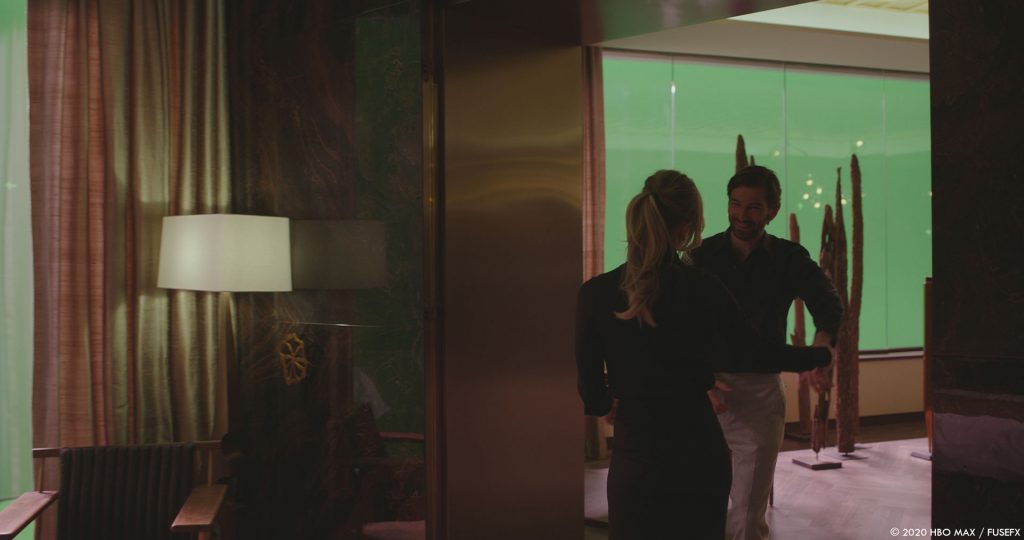
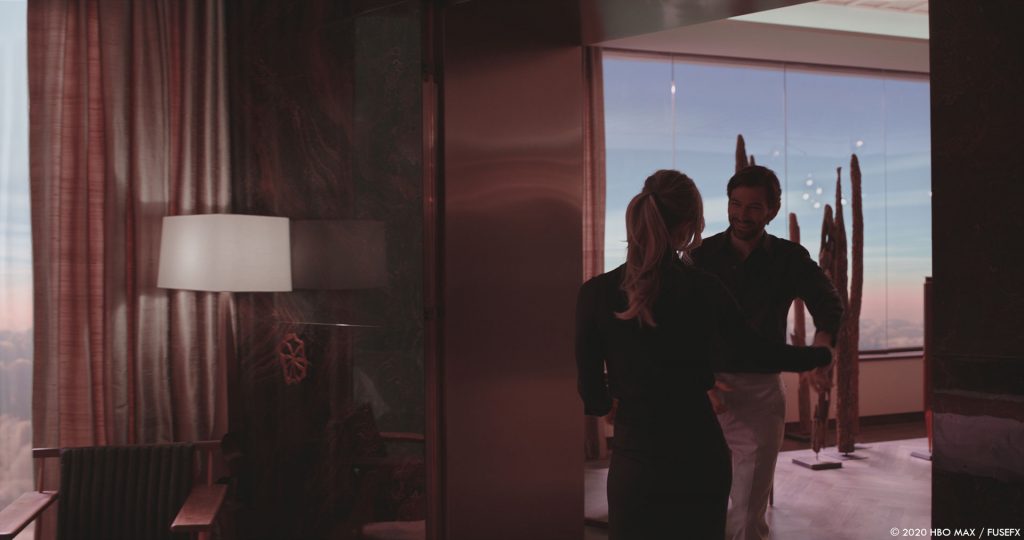
What were their approaches and expectations about the visual effects?
JM // Their expectations for VFX were very specific to the plot of the show. The visual effects had to seamlessly fit into the world of the show.
How did you split the work between you and the various FuseFX offices?
JM // Our collaboration between offices is driven by resource needs.
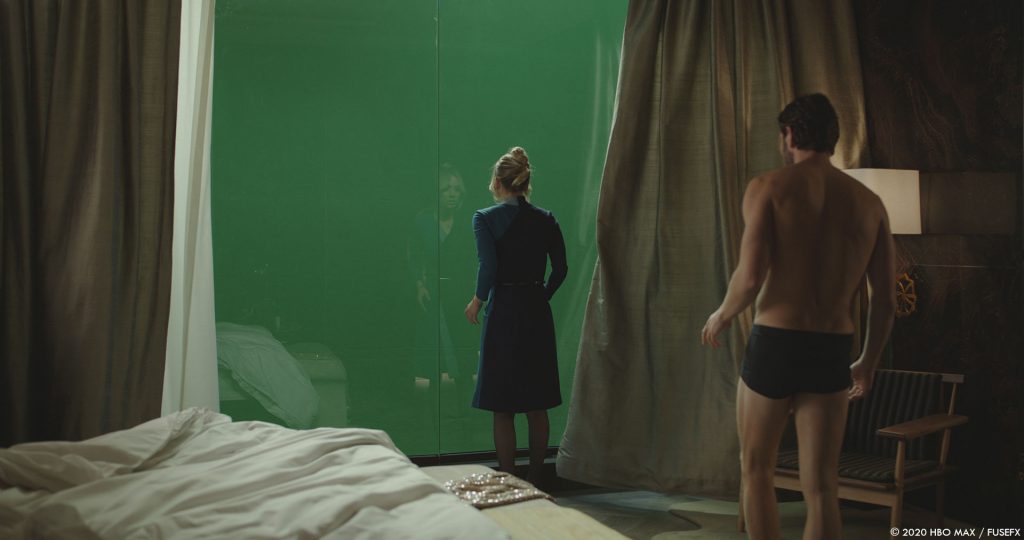
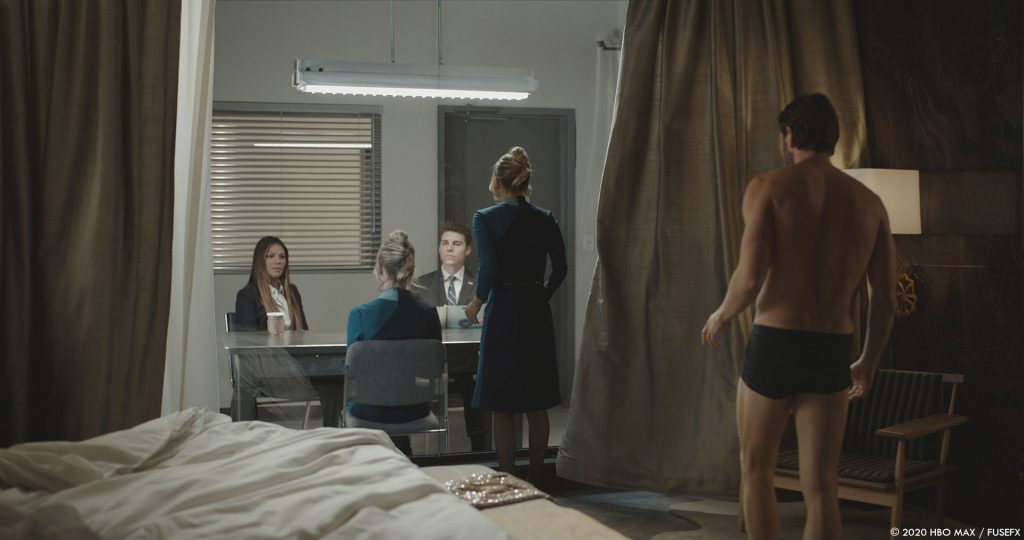
What was your approach to create the various views from the hotel window?
JM // The first step was to create the background plate and then match the foreground in terms of focal details and color. Window exteriors also went beyond creating simple replacements. Since these scenes were part of Cassie’s hallucinations, we had to make the present moment Cassie is living through meld with the dream footage. Initial grading was also part of it, before sending shots to the colourist for the final grade to really pull everything together.
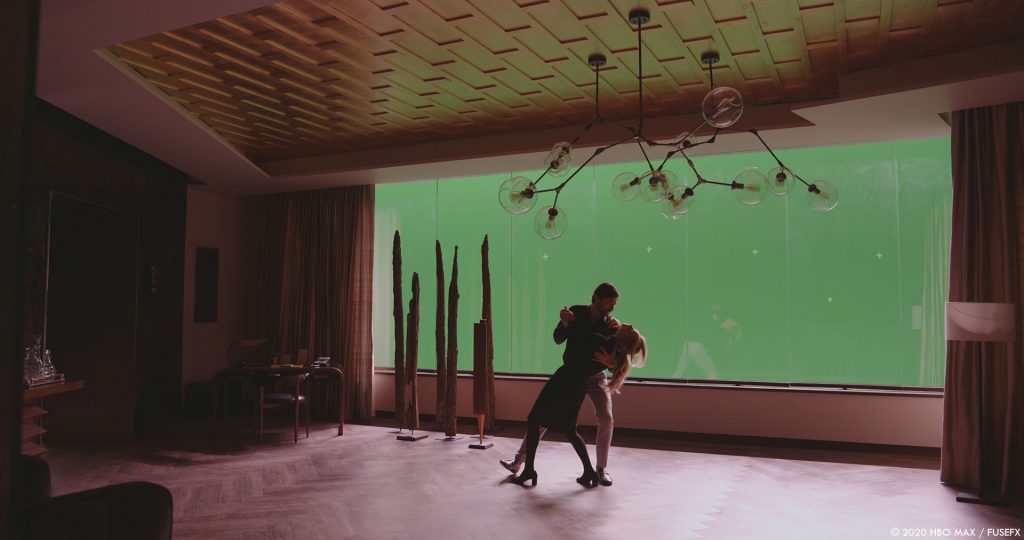
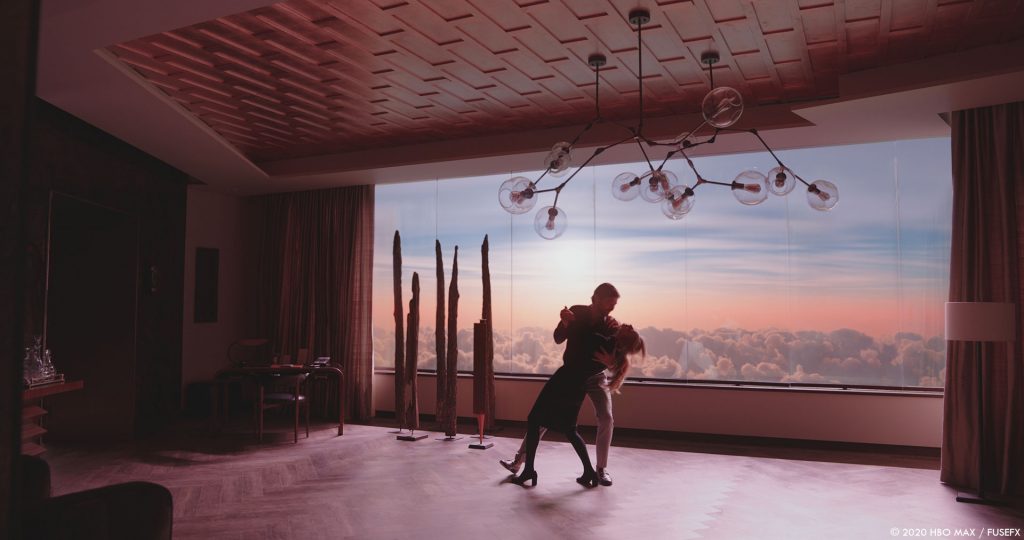
Which one was the most complicated to create and why?
JM // The rabbit sequence; because it was a giant rabbit, we really didn’t have a reference for that. The challenge was making the scaled-up detail believable. We really had to think about what a rabbit of that size would look like.
Let’s talk about the rabbit. How did you create and animate them?
JM // We created digital wild rabbits at two extremely different scales. Both the regular sized rabbits and the giant rabbits had to look highly realistic in the build, animation, fur, anatomical detail, lighting and integration. The giant rabbit in particular, also had to look similar enough to match the other times the audience had seen rabbits.
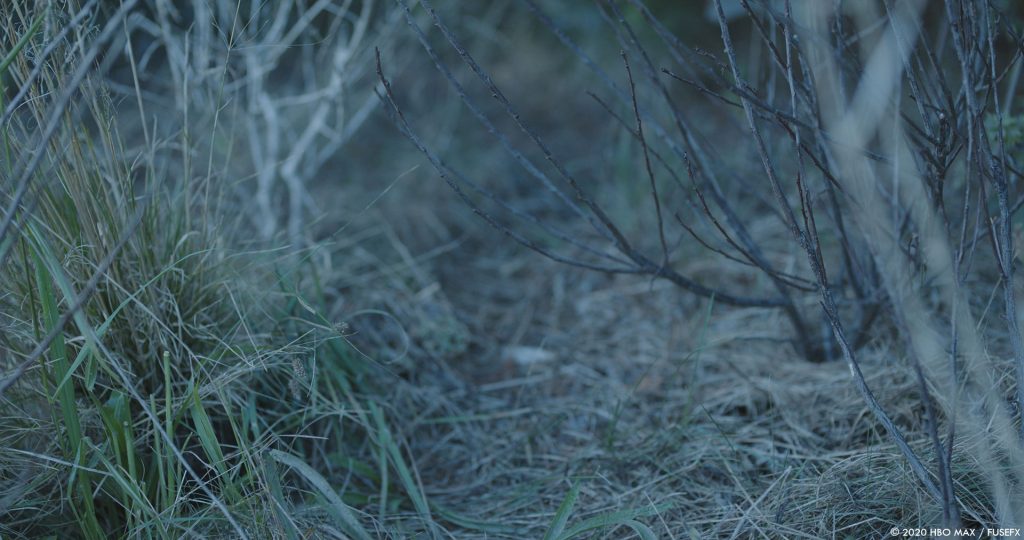
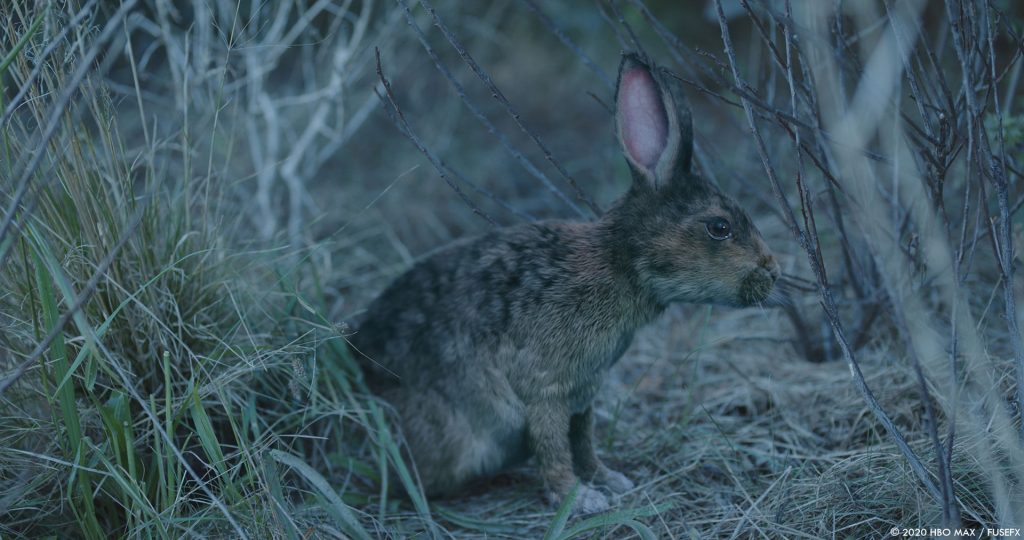
How did you manage the challenge of the giant rabbit? How does his big size affect your work?
JM // Our challenge was to make a photoreal rabbit, but scaled up so much so that it’s still believable, as if this is what a giant rabbit could look like, which is always a challenge. It also had to be real to Cassie’s perspective as well. One of the main challenges of the show was making the effects look real and keeping them stylized with the photography and production design of the show.
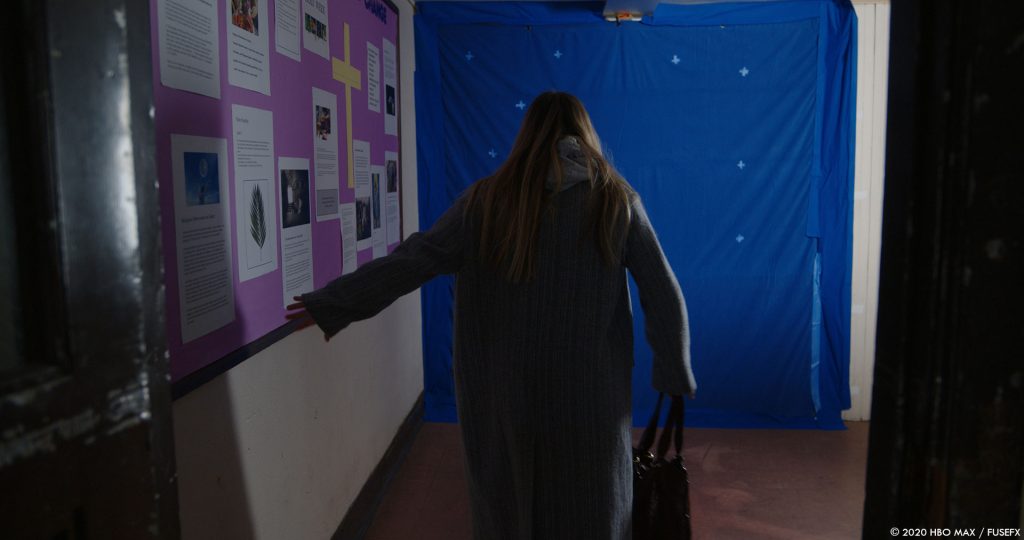
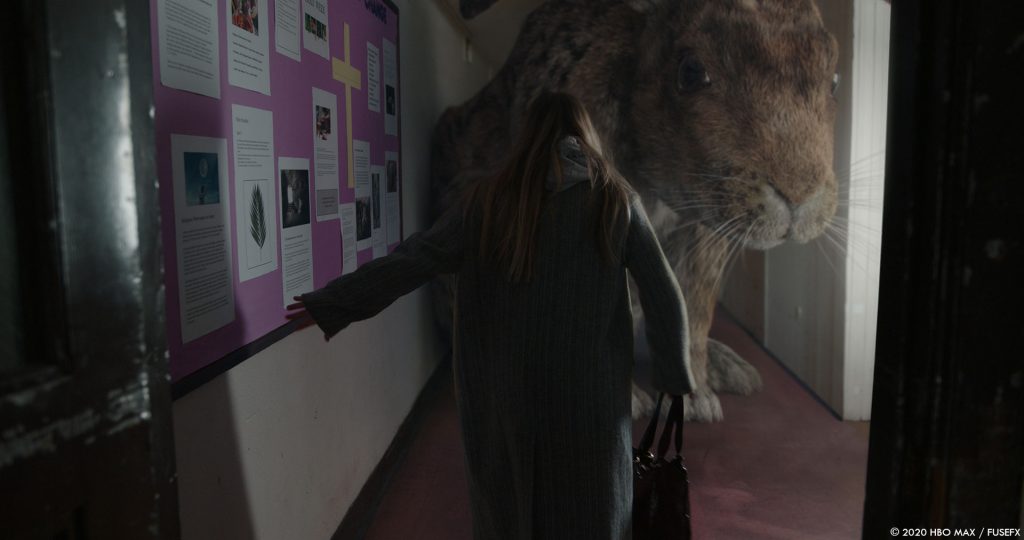
Can you elaborate about the plane crash?
JM // Elements for this shot included the background plate, where the plane actually crashes. We then combined both 3-D and 2-D VFX elements to create the explosion, smoke, and fire.
How did you create the various FX elements such as fire and snow?
JM // For both the fire and snow, we used a combination of 2-D photographic elements, and CG simulations.
Did you want to reveal any other invisible effects?
JM // We created photo-real planes for all of the plane sequences. In the airport scenes we helped create the airplanes flying in the sky. We helped with providing all of the aerial content — all the content of the aircraft. We created all those and they are based on real-life references to create the photoreal plates doing the things they needed to do.
Another invisible effect people may not realize is in the scene where Cassie and Miranda jump between two rooftops. We obviously can’t have them jump from one rooftop to another, so they jumped over a blue screen instead.
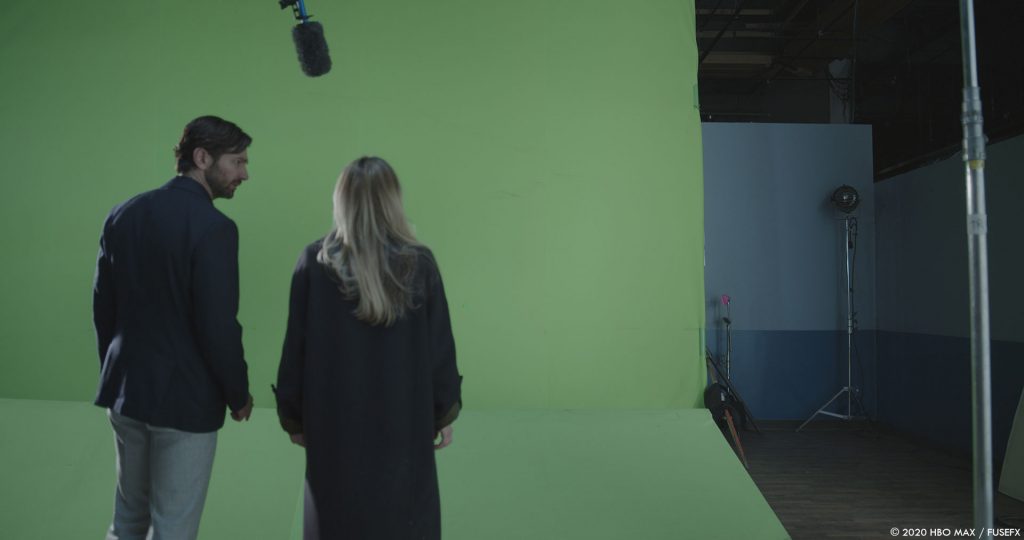
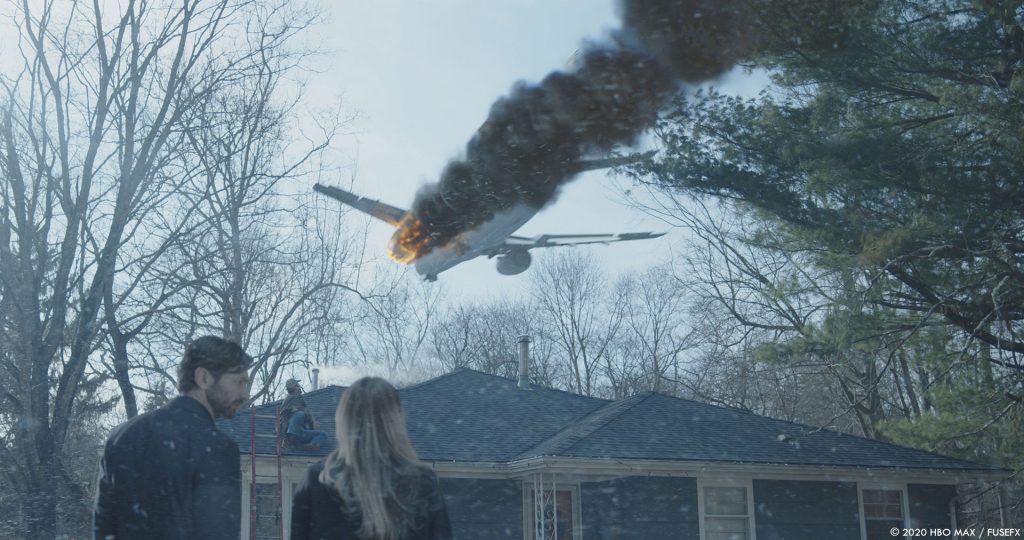
What is your favorite shot or sequence?
JM // One of my favorite sequences is the hotel room window flashback sequence. These types of sequences happened a lot throughout the series. And we really had to make them look as realistic as possible. It needed to look real for those beginning moments of the shot, until you realize what she is looking at and what’s out the window can’t possibly be there. It was done to be a very classic, invisible visual effect.
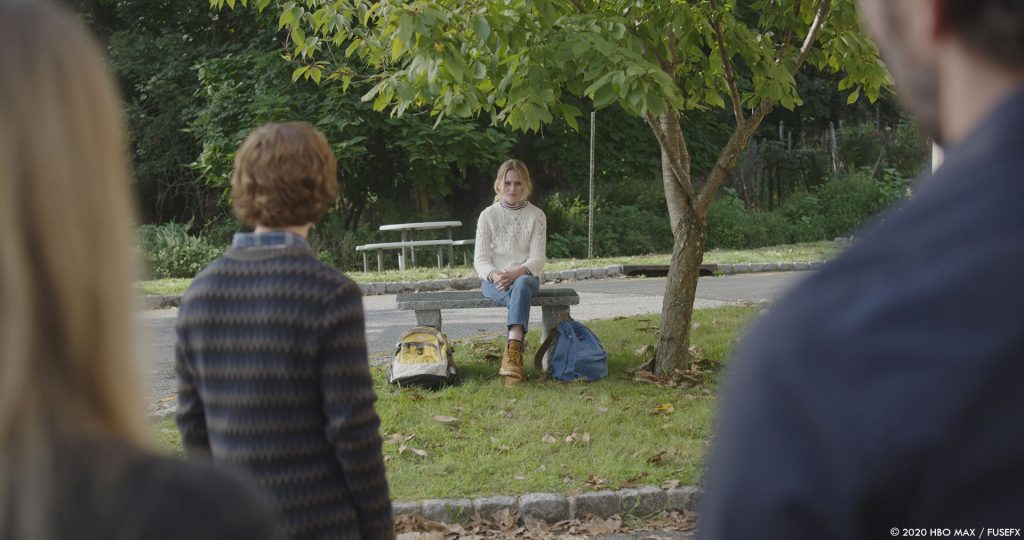
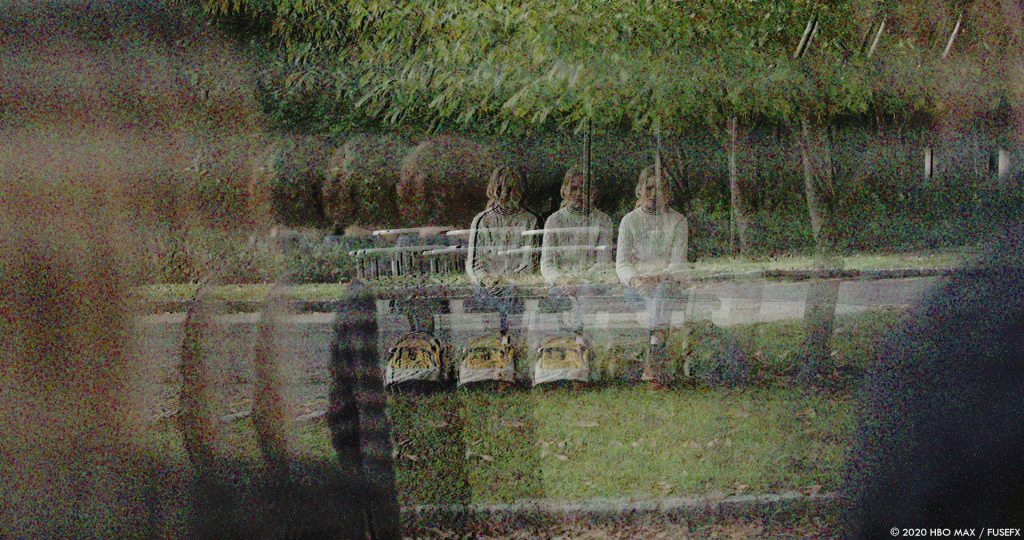
What is your best memory on this show?
JM // Collaborating with the show’s creatives, both on the production and the post side. As a team we were very much in sync. It’s always great to work on a team where everyone is on the same page.
How long have you worked on this show?
JM // From Fall 2019 through Fall 2020.
What’s the VFX shots count?
JM // There were around 20-50 shots per episode.
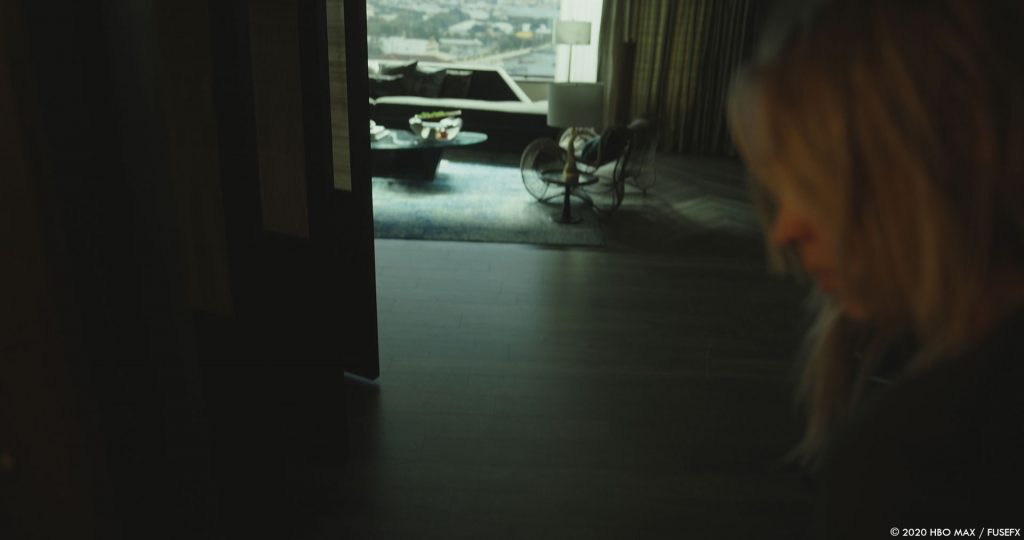
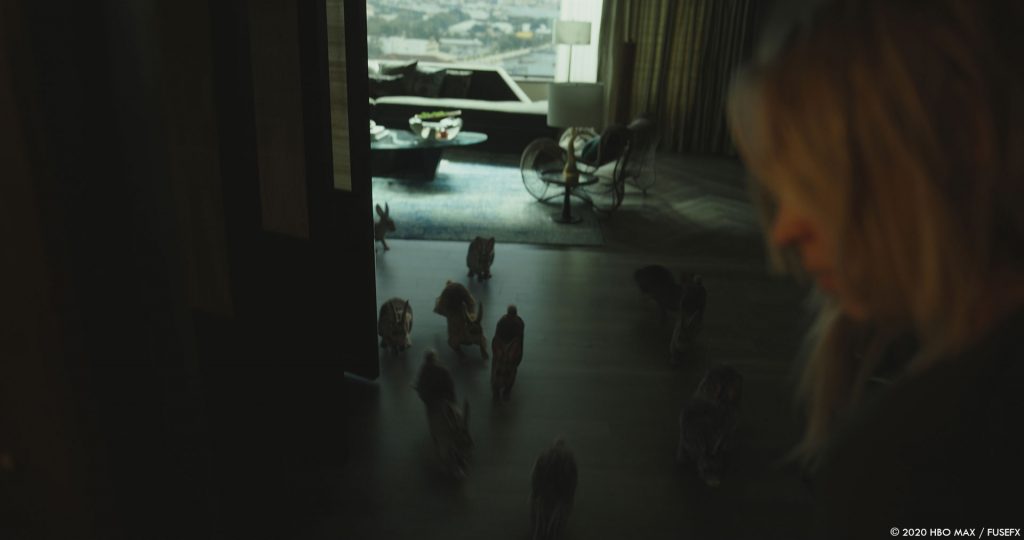
What was the size of your team?
JM // There were about 20 artists or less. It would range from 10 to 20 at any given time. Since they work on multiple projects at once, there are moments that they expand and contract. But we have lead artists that are always on a show
What is your next project?
JM // Upcoming projects for FuseFX include Season 2 of Prodigal Son, Blacklist, Evil, The Good Doctor, Pose, and Bull.
What are the four movies that gave you the passion for cinema?
JM // Citizen Kane, Jaws, Vertigo, and Close Encounters of the Third Kind.
WANT TO KNOW MORE?
FuseFX: Dedicated page about The Flight Attendant on FuseFX website.
© Vincent Frei – The Art of VFX – 2021






